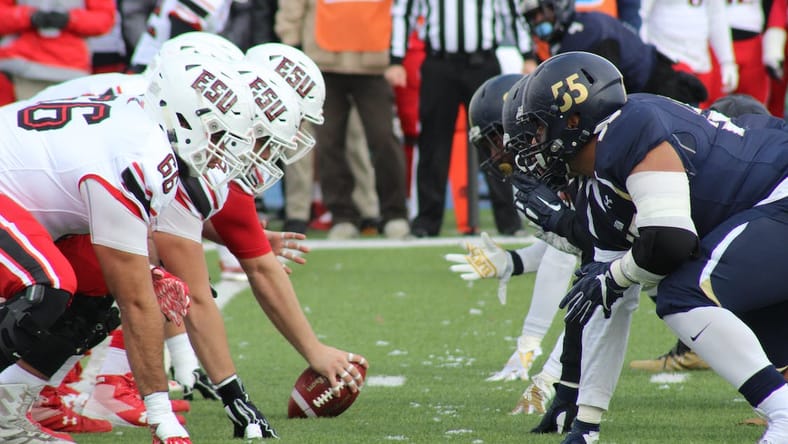Marketing Localization: How Sports Leagues Localize Their Marketing

In today’s digitized and globalized world, every industry seeks to expand its reach worldwide and establish an international customer base. No corner of the earth needs an introduction to world-encompassing sports like soccer and basketball. However, even the most US-centric sports, like American football and baseball, are finding increasing foreign success (Although still miles behind NBA). Even within the US, different states have subcultural differences that require a personalized marketing approach to maximize engagement.
European car manufacturers re-brand their cars for Asian customers to make them more approachable to a vastly different culture. Apple makes multiple versions of its ads for different countries; likewise, sports leagues practice localized marketing by tailoring their approach to varying types of viewers. Let’s see together how major sports leagues go global by thinking local!
Multiple Language Support
If you’ve visited any major sports league website, you would have noticed that most of them offer the website in multiple languages. This is an absolute must and a bare minimum you can do in the way of globalization and diversifying your user base. Just make sure you use USCIS certified translation services to ensure localized and culturally-relevant work.
Others go further by not just translating the written content but offering whole other culture-specific versions of their website. NBA, for example, doesn’t merely offer multilingual support but has multiple websites for different countries that vary in appearance, content, and other aspects. They also use IP identification to isolate the country you are in and automatically load nba.com in your native language.
Memorabilia
Sports fans are big on collecting memorabilia and sporting jerseys, hats, bumper stickers, and other clothes and gimmicks featuring their favorite teams. Major leagues like NBA, NFL, and MLB, as well as particular sports teams and their fan shops, put in great efforts to make sure those collectibles and marketing memorabilia are available in as languages as possible. These days you can buy these items, or at least custom order them, in any language imaginable.
Personalizing a product goes far beyond sports and is a necessary practice in almost every field. If you are looking for a specialized writing piece tailored to your specific requirements, you can now pay for research paper online and get a professional writer with subject-specific expertise.
Diversifying the Workforce
To stay competitive, inventive, and the finest in their professions, multinational industries are progressively concentrating their efforts on utilizing a diverse workforce. Research repeatedly demonstrates that when leadership fosters a diverse workplace, businesses outperform more homogenous ones. It makes sense that if you want to attract diverse crowds, you need to have a diverse workforce. An all-American employee base, for example, may be ill-suited for devising a marketing strategy for Chinese fans.
Sports leagues and their clubs need to reflect the variety of their fans and the fans’ heroes in all facets of their organization if they want to enhance their worldwide market share and brand reach. Delivering the best goods or services to your target market requires an understanding of the local culture and what your sport represents to that community.
Furthermore, having some sort of local representative or a governing body in foreign countries, who understand and live and breathe the local culture and native people’s ways can help you devise an effective region-specific campaign.
Inclusive Add Campaigns
Sports leagues’ most overt attempts at localization can be seen in their advertising. Large-scale sports leagues have the funds and resources to invest in advertising that is not just multilingual but also targeted to specific audiences. Big player companies usually make multiple commercials for their new products, each meant for a different region and modified to suit a particular culture. Featuring a monster truck accompanied by fighter jets that a stereotypical, red-blooded American fan would like may not go down equally well in Japan, for instance.
Bottom Line
There is no denying that both in the United States and internationally, sport is a juggernaut of an industry. In truth, sports franchises have mastered the art of attracting a diverse audience made up of people from a wide range of backgrounds and regions.
These organizations are more aware than most of how much they depend on finding common ground with their global fan base, whether it is via websites, social media, TV commercials, or other advertising initiatives. Other businesses might undoubtedly benefit from studying how sports leagues connect with their consumers and grow their own “fan base” through localization.
As a final note, here’s some food for your own thought: localization can be not just geographic but also demographic. There is an obvious incentive and established techniques for attracting a wider range of age groups, genders, personalities, etc. This requires an article of its own, so for now, we will leave this to the consideration of our reader.
More About:Uncategorized
